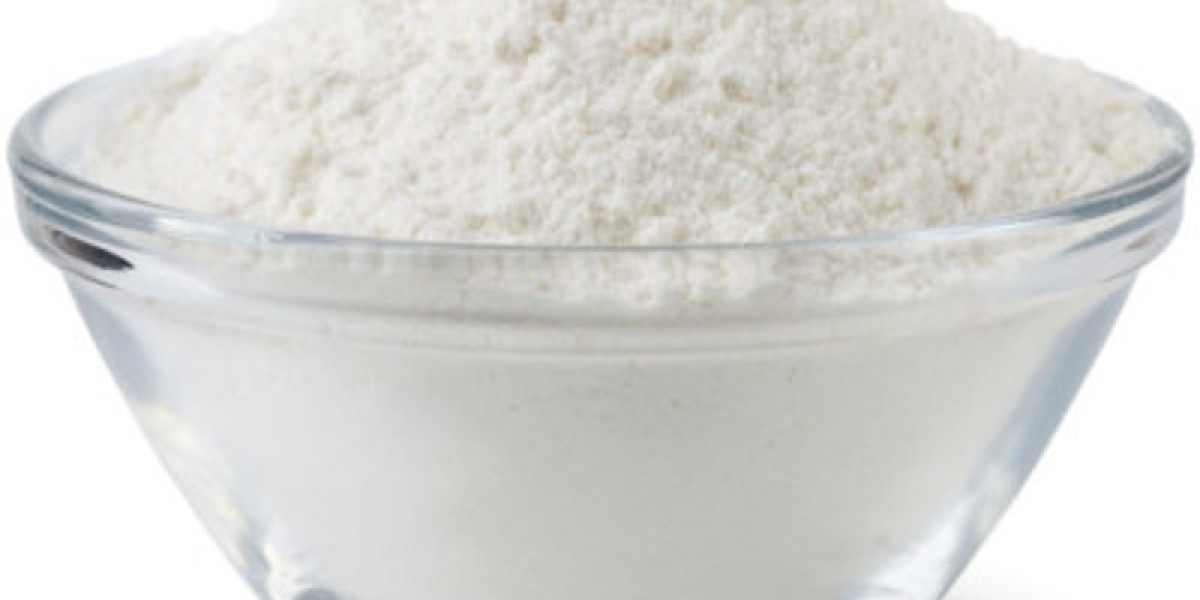The chemical manufacturing companies faces significant environmental policy pressures, both domestically and internationally. Here are the key aspects:
Domestic Policy Pressures
- Stringent Emission Standards: According to the "14th Five-Year Plan for the Promotion of Cleaner Production" issued by the Chinese government, by 2025, the emission of chemical oxygen demand (COD), ammonia nitrogen, nitrogen oxides, and volatile organic compounds (VOCs) should be reduced by more than 8%, 8%, 10%, and 10% respectively compared to 2020. This requires chemical manufacturing enterprises to invest more resources in pollution control to meet the increasingly strict emission requirements.
- Energy Efficiency and Carbon Reduction: The "Action Plan for Promoting Energy Conservation and Carbon Reduction in Key Petrochemical and Chemical Industries (2021-2025)" stipulates that by 2025, the proportion of production capacity reaching benchmark levels in the refining, ethylene, synthetic ammonia, and calcium carbide industries should exceed 30%. As a high-energy-consuming industry, the chemical industry is also under pressure from energy consumption control policies. The traditional development model relying on capacity expansion is no longer viable.
- Elimination of Backward Capacity: The Chinese government has released a new batch of hazardous chemicals to be phased out, further regulating the production technology of traditional chemical products such as titanium dioxide and polyester. This means that some capacities with backward processes, high pollution, and high energy consumption are at risk of being eliminated. Enterprises need to upgrade their technologies or transform their business models.
- Green Manufacturing System Construction: The China Petroleum and Chemical Industry Federation is organizing the certification of a green manufacturing system in the industry, promoting the transformation of chemical enterprises towards green manufacturing. Enterprises need to green their production processes, raw material selection, and energy utilization to meet the requirements of the green manufacturing system.
International Policy Pressures
- EU Carbon Border Adjustment Mechanism (CBAM): The EU CBAM has been launched and will be fully implemented in 2026, imposing a carbon tax on high-carbon emission products imported into the EU. This will significantly increase the cost of exporting high-energy-consuming and high-carbon emission chemicals from China to Europe. The traditional competitiveness of Chinese chemical products in the international market may be weakened.
- US Green Chemical Regulations: The United States has introduced stricter regulations in the life cycle management of chemicals, encouraging enterprises to use biodegradable materials and adopt circular economy models. At the same time, the US has strengthened subsidies for domestic green chemical products through the Inflation Reduction Act (IRA). This indirectly increases the export costs of Chinese chemical products to the US market.
Other Impacts
- Increased Technology and Funding Barriers: To meet environmental policy requirements, enterprises need to invest substantial funds in pollution control, energy conservation, emission reduction, and green technology research and development. For small and medium-sized enterprises with insufficient funds and weak technical capabilities, it may be difficult to bear these costs, and they face the risk of being eliminated.
- Market and Trade Barriers: With the increasing global emphasis on environmental protection, the international market's preference for green products is growing, and the export potential of traditional chemical products is being compressed. The United States and Europe have also raised technical barriers for high-value-added products such as electronic chemicals and new materials. Chinese chemical enterprises face greater competitive pressure in the international market.








